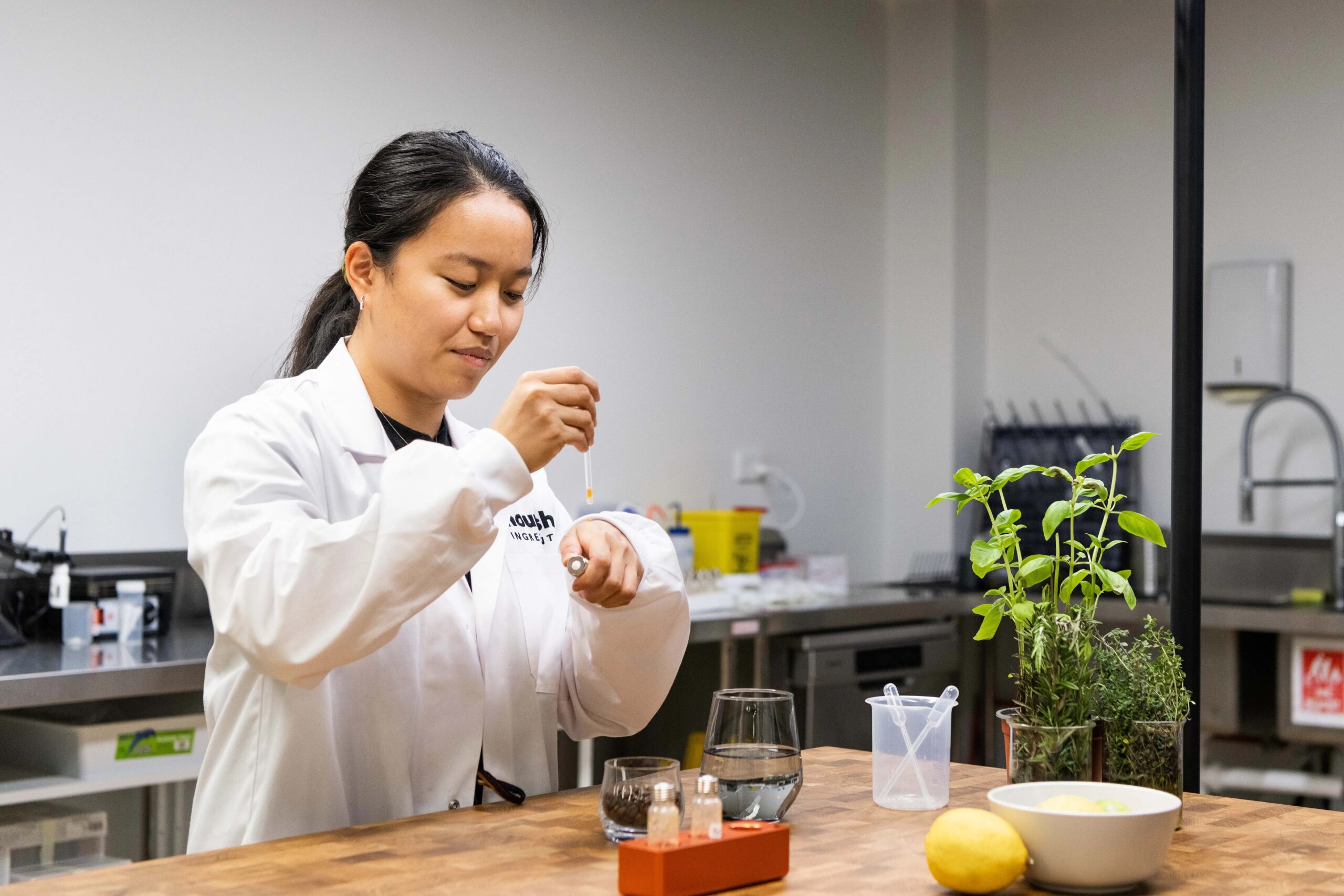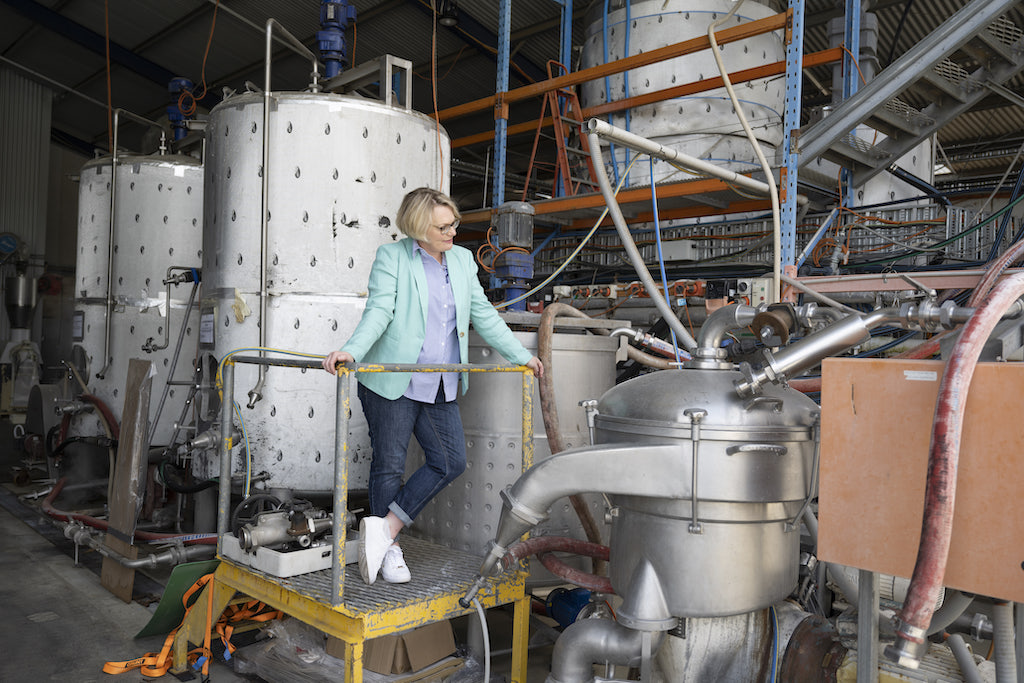Think Tank Lays Out Policy Recommendations for Australia’s Precision Fermentation Sector
5 Mins Read
Australia has a young but burgeoning precision fermentation sector, but to meet its potential, it needs a big helping hand from the government.
It may only be home to six companies, but Australia’s precision fermentation ecosystem is already the largest across Asia-Pacific.
Ingredients made from this technology can contribute to the country’s AU$13B ($8.8B) opportunity to expand and diversify protein production, as forecast by Australia’s science research agency CSIRO. Additionally, precision fermentation could help meet the predicated additional domestic and export demand of 8.5 million tonnes of protein by 2030.
This is according to non-profit Cellular Agriculture Australia, which has published a new report exploring the country’s potential and challenges around precision fermentation.
Currently, there are five startups – Nourish Ingredients, Eden Brew, Daisy Lab, All G Foods, and Eclipse Ingredients – and an ASX-listed company (Noumi) working in the precision fermentation sector in Australia and New Zealand, while Change Foods has origins in Australia and Cauldron Ferm provides contract manufacturing solutions.
These companies are proteins like whey, casein, and bovine and human lactoferrin, as well as fats for better meat and dairy analogues. But as costs continue to be prohibitive, there has been an increased focus on lactoferrin, a high-value ingredient that makes things economically viable in the current landscape.
Cost and scalability are among a number of challenges facing the precision fermentation industry in Australia, including a lack of funding for open-access foundational research, high prices and a lack of clarity for regulatory applications, as well as limited government interest.
To counter that, Cellular Agriculture Australia has posited key policy recommendations for the Australian government to realise the full potential of precision fermentation, centred across research, manufacturing and regulation.
This could help the country “enhance its sovereign capability in biotechnology and food manufacturing, whilst supporting jobs and productivity”, argues the organisation.
It comes after a scorecard on government support for alternative proteins by fellow Aussie think tank Food Frontier placed Australia at the bottom of the list of 10 nations, identifying it as the only country in its analysis to not have a national strategy that included alternative proteins.
Taking science and research to the next level

The report calls on the Department of Education to place cellular agriculture as a research and infrastructure priority in the next National Research Infrastructure Roadmap. Due in 2026, this outlines the research infrastructure required over the coming decade, informing government actions to increase innovation.
The education department should also recognise foods as a priority application of synthetic biology through precision fermentation in the updated National Collaborative Research Infrastructure Strategy (NCRIS), also due in 2026.
At the moment, synthetic biology is noted as a Step Change area in the NCRIS, which allows nationwide investments in infrastructure by coordinating open-access and targeted specialities, and prioritising scale-up and research translation.
Meanwhile, the think tank urges the Department of Industry, Science and Resources to consider cellular agriculture as “technologies for producing food under likely future Australian climate conditions” in the revitalised 2024 National Science and Research Priorities.
These priorities focus on government support for science and research, and influence the research projects universities submit for funding. This effort should further consider precision fermentation and other cellular agriculture techniques as having significant potential in helping the government reach its net-zero goal.
Pouring capital to scale up manufacturing

When it comes to the manufacturing sector, Cellular Agriculture Australia highlights the importance of increased federal investments into pilot and commercial-scale facilities to scale up precision-fermented products. One way to do this would be to expand the scope of the Future Made in Australia to include cellular agriculture and food as key opportunities.
The report recommends the Department of Industry, Science and Resources adopt cellular agriculture technologies in the government’s innovation agenda – in particular, within the proposed national bioeconomy strategy. In a similar move last month, India included smart proteins in its bioeconomy policy.
Meanwhile, the Department of Industry, Science and Resources is called upon to explicitly reference cellular agriculture tech in documents like the National Reconstruction Fund (NRF) Co-investment Plans, which would “unlock substantive funding opportunities” for precision fermentation players.
The think tank notes how existing policies are limited in their ability to fund first-of-a-kind facilities, with NRF investments only provided to projects with positive returns on investment. So the government should also consider additional financing schemes to bridge this gap.
Both federal and state administrations must look into flexible incentive packages – such as government-funded debt, corporate tax holidays, below-market input prices, and leaseback arrangements – to encourage investment in precision fermentation facilities. These can also be implemented through existing policy mechanisms like the NRF.
Advancing the regulatory framework for precision fermentation

Already, the joint regulator Food Standards Australia and New Zealand (FSANZ) has approved precision-fermented ingredients from overseas companies, such as Impossible Foods’ soy leghemoglobin (or heme), Cargill’s EverSweet stevia sweetener, and certain infant formulas with fermentation-derived milk oligosaccharides.
Within the wider cellular agriculture space, the FSANZ is also considering an application from Sydney-based startup Vow to sell its cultivated meat in the countries. But to date, it hasn’t approved any precision-fermented ingredients as major food components (like dairy proteins).
The FSANZ’s regulatory framework has been a barrier for many companies. For example, Vow’s approval was expected to take 12 months, but is now approaching two years – precision fermentation has a similar regulatory timeline. Plus, filing a dossier is expensive, with companies having to pay AU$195,000 ($132,000) if they want things to be fast-tracked.
So there’s a lot of room for improvement and streamlining, starting with removing or reducing the high costs associated with submitting food safety assessments. But the FSANZ would itself benefit from increased resources from the Department of Health and Aged Care, states Cellular Agriculture Australia. This would expand its capacity to deal with applications and help the industry be competitive internationally.
The health department could also authorise changes to the FSANZ act, which would streamline approvals for genetically engineered foods. For instance, the regulator could be empowered to accept risk assessments from international jurisdictions to speed up timelines and reduce costs for novel food applications.
Australia’s precision fermentation value chain has a ton of capabilities, thanks to its “robust research capability, a collaborative ecosystem of companies, a well-established regulatory system, and an emerging commercial landscape”, according to Cellular Agriculture Australia CEO Sam Perkins.
“We have all the puzzle pieces here, but government support is crucial to advancing the sector and ensuring Australian companies remain onshore,” he said. “The window of opportunity for this is finite.”



